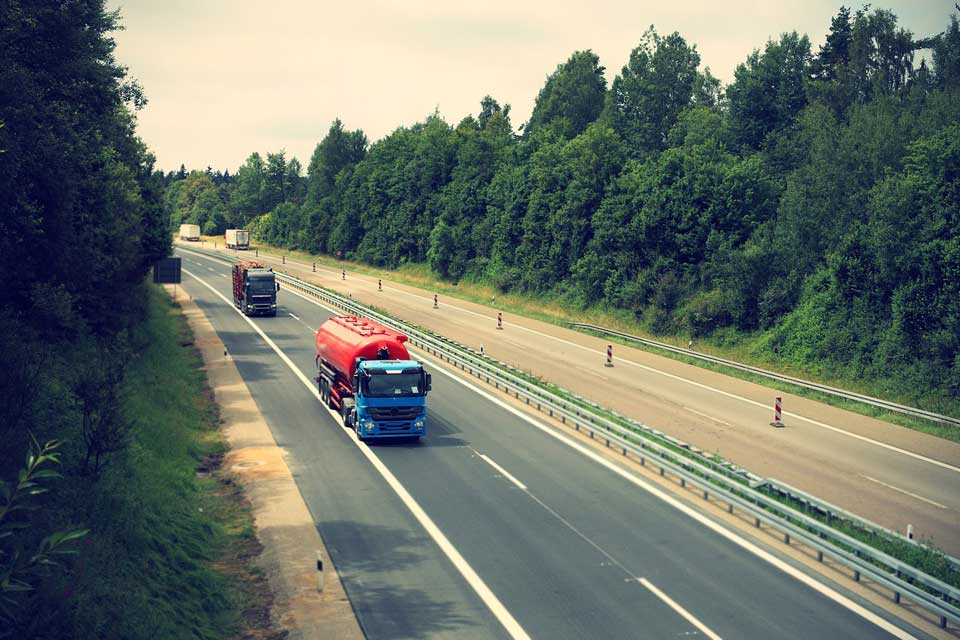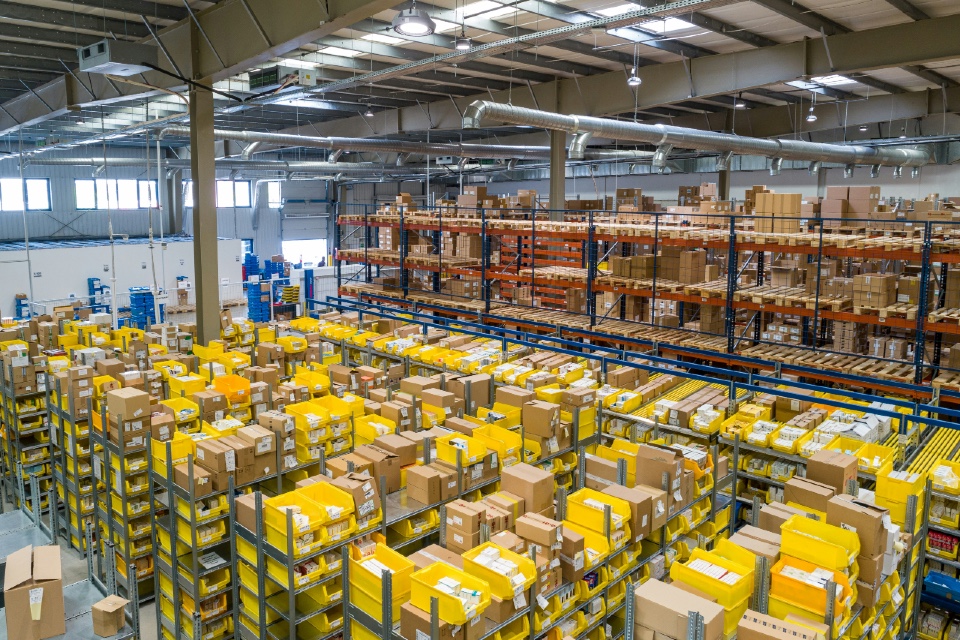By Anne van de Heetkamp, VP of Product Management GTC, Descartes
Acknowledging potential weaknesses in your supply chain before they are exposed by elements beyond your control is of critical value. With current events in mind, managing future supplychain disruptions will be an integral component of corporate strategy.
Calling it Supply ChainResilience, Supply Chain Disruption, or Business Continuity Management (from the ISO 22301 standard) does not affect the necessity of having strategies in place that may make the difference between following or leading in a disrupted economy, and even between surviving or folding.
To identify potential soft spots, a review should not be limited to a single product flow or single supply chain element. For any company, the next big disruption does not have to be a pandemic; it can be something minuscule on a global scale yet have the same devastating effect on the ill-prepared, in particular trade lanes or in a particular industry. Unpredictable is not a reason to be unprepared. Creating supply chain resilience is a holistic exercise that involves more than just a few savvy logistics people. HR, finance, compliance/legal, to name a few, are all stakeholders in a healthy case of business continuity management.
How then to build a strategy? Like any other strategy, the process seems logical: review, assess, and mitigate. In this particular case: 1) review your trade lanes, products, and materials flow by matching them against risk categories (i.e., labour, business risk, global trade, nature, and materials), 2) assess risks for each combination, and 3) mitigate risks by either changing behaviour now or planning for alternate sourcing options should the anticipated risks become reality.
Trade Lanes and Risk Categories
The relevant components to review within the supply chain include the importing and exporting country or countries, the manufacturing locations, the finished goods, and the raw materials. Ideally, for finished goods and materials, the associated Harmonised System (HS) codes are made available. Scratch what does not apply and move to the following step where each of the ‘inputs’ is categorically reviewed.
As mentioned, this should not be an exercise limited to supply chain professionals. For example, labour risks can be associated with the likelihood of strikes, wage volatility, and the availability of appropriate labour resources—not necessarily areas that keep the supply chain brain occupied every day.
In similar fashion, other resilience elements expand across different areas of expertise. Business risks relate to cybersecurity, corruption, counterfeit products, and the chance of entering into business with bad actors that are on any of the denied party lists.
Global trade accounts for the compliance requirements related to the shipment of goods (i.e., licenses, documentation, permits, etc.), associates the products with the various duties and taxes, and identifies if Free Trade Agreements (FTA) apply and how to qualify for preferential treatment.
Arguably the most unpredictable, but not the least expected risk to account for, is nature. It’s important to identify the various kinds of disasters that may hit: natural hazards, pandemics/epidemics, flooding, earthquakes, hurricanes, volcanic eruptions, landslides, or drought can all play parts.
Lastly, consider materials. Understanding the market comes with insights into scarcity, sourcing locations and price fluctuations.
Risk Assessment
Risk assessments match the input with the risk categories. For example, how vulnerable is the manufacturing location when it comes to labour regulations, corruption, or flooding? Is there an FTA in place that could potentially lower the import duty burden? Where in the supply chain can a cyberattack be most expected? In short, some homework is in order to create a thorough risk profile.
For many components, the sources are readily available, such as the Corruption Index at transparency.org, labour statistics on Statista or NationMaster, or duty rate information from the various global trade content providers (or the WTO).
Building Resilience
As with cyber-security risks (PEN tests) or a regular laptop virus scan, supply chain risk assessments will point out the components that need immediate attention or, in this case, are a high priority for alternate sourcing or routing options. It’s then time to build that resilience.
Look for options by analysing the market and trade lanes. Mine import and export data to identify alternative sources for goods and materials, even manufacturing locations. Map out alternative routes for products to get where they need to go. Document the reasonable options and share with as many people as possible—preparedness is of course an all-inclusive strategy.
Next and where possible: test run! Re-route shipments temporarily or source occasionally from a new supplier; in other words, make sure the alternative options are viable. In addition, communicate with external sources that would be part of continuity plans. Make them aware they are part of these plans; put people or suppliers on a retainer and try to agree on terms before disaster strikes so the projected costs can be anticipated better.
Lastly, keep those alternate plans up to date; otherwise, it may be too late to create and execute on alternate alternative plans.







